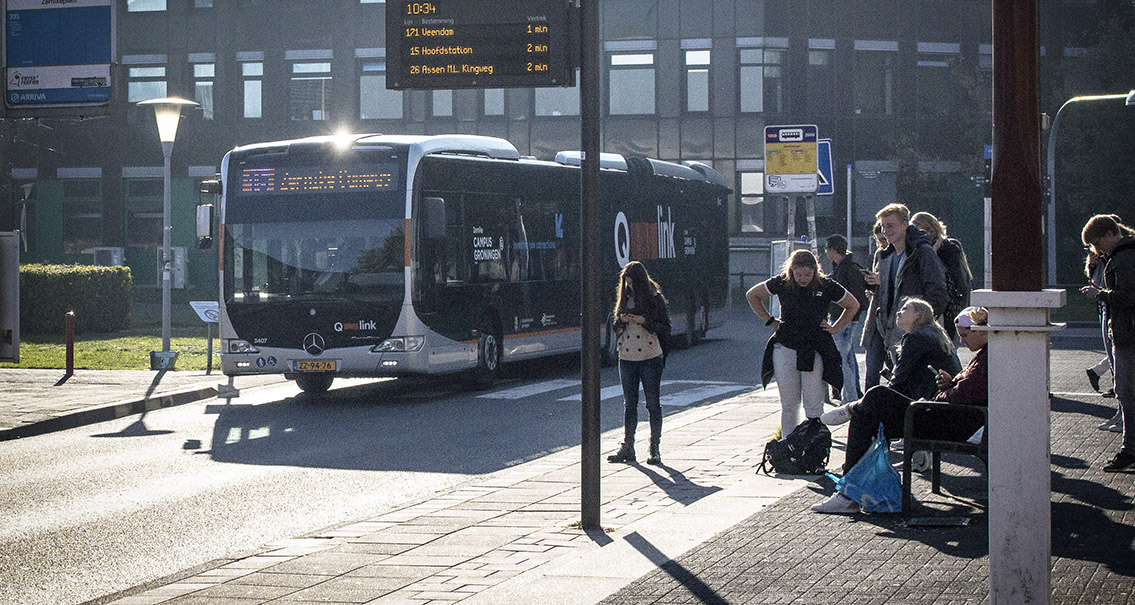Rectors call on public transport: ‘Give students space rather than limit it’

Rectors call on public transport:
‘Give students space rather than limit it’
In an effort to not overload public transport during peak hours, it was decided that students can only make use of buses, trains, or subways between 11 a.m. and 3 p.m. Starting June 15, educational activities like practical classes, exams, and small seminars would also resume and be scheduled for the same time period.
But the rectors say this approach is too simplistic. Universities are part of a ‘lively regional and urban ecosystem, and the entire chain is affected if things continue to be locked down or only marginally accessible’, they write in a piece entitled ‘Laat studenten niet achteraan aansluiten in het OV’ (in Dutch).
Empty and abandoned
Since the lockdown started, universities lay empty and abandoned. ‘There are no animated discussions, no groups of young people getting together to study, relax, or do research, no interactions with lecturers or researchers. Even moreso than before, we’ve realised how important human interaction is in gaining, growing, and sharing of knowledge: studying is something we do together.’
The rectors write that the students need to be given the ability to get to campus. They feel the rules should apply not only to location-based education, but for all students. ‘We’re worried that we’ll lose an entire generation of students if we can’t resume this critical physical contact soon.’
Inequality
According to the rectors, university education forms the basis for students’ personality. Unfortunately, students from different social strata don’t have equal access to digital education. Some have either no internet connection or a bad one, or can’t study at home because of family issues. ‘This crisis shouldn’t lead to an increase in that educational inequality.’
In order to make physical contact with each other, the rectors write, students should be able to travel to campus. ‘To that end, we’re asking policy makers to take current and future students’ movements into account when making plans for public transport. Don’t limit their movements, give them room.’



